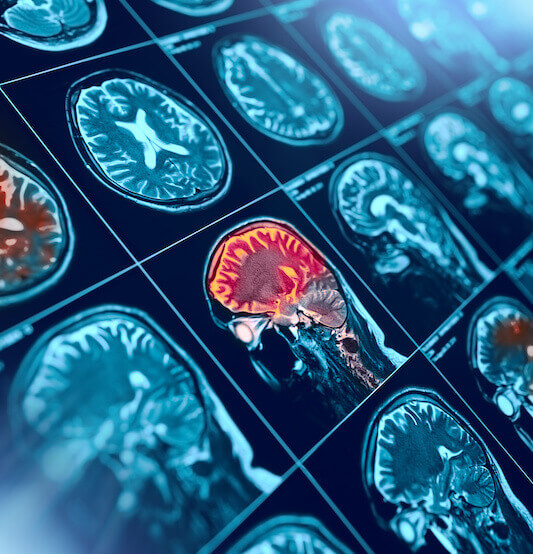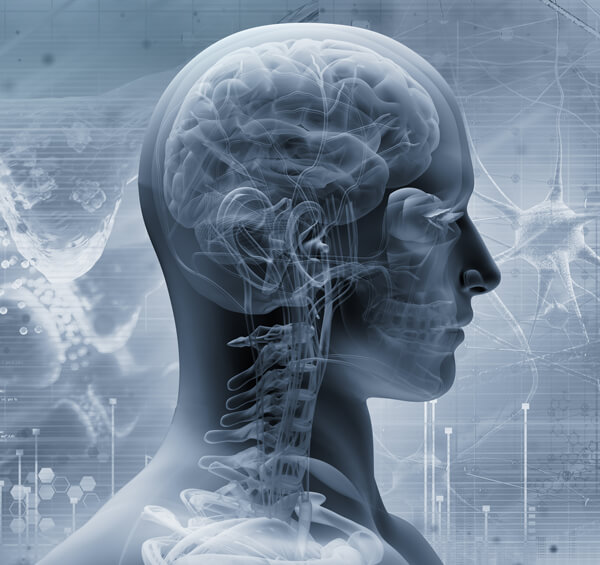Cerebral palsy
Physical therapy to support and empower you
What is cerebral palsy?
Cerebral palsy is a neurological condition caused by injury to the brain that happens during pregnancy or shortly after birth. Cerebral palsy is an umbrella term for a group of movement disorders which affects people in many different ways depending on what part of the brain has been injured.
In Australia, cerebral palsy is the most common physical disability in childhood, with one in 500 children born with cerebral palsy each year, according to The Royal Children’s Hospital Melbourne. Contrary to popular belief, cerebral palsy is not genetic, and its causes are mostly unknown.

What is cerebral palsy
Cerebral palsy varies between people and can affect different parts of the body:
Monoplegia
One limb affected
Hemiplegia
One side of the body affected (arm, trunk and legs)
Diplegia
Affects either both legs or both arms
Quadriplegia
Affects both arms and both legs

Symptoms of cerebral palsy
Cerebral palsy impacts different people in different ways and can vary greatly between people living with this neurological condition. There can be a large range of symptoms including:
- Involuntary muscle contraction causing twisting or repetitive movements called dystonia
- Balance and coordination issues
- Muscle stiffness or spasticity
- Difficulties with eating
- Difficulties with talking
- Muscle weakness
These symptoms can range from mild to severe.
Types of cerebral palsy
There are four main types of cerebral palsy, depending on what part of the brain has been affected:
→ Spastic cerebral palsy
Muscles become stiff and tight, which makes it difficult to use muscles easily.
→ Dyskinetic cerebral palsy
Muscles move uncontrollably and involuntarily.
→ Ataxic cerebral palsy
Ataxic movements are characterised by clumsiness, imprecision or instability.
→ Mixed cerebral palsy
A type of cerebral palsy showing a mixture of the above symptoms.
Cerebral Palsy and premature ageing
Unlike many of the neurological disorders we see, cerebral palsy is not progressive. In other words, the condition itself does not get worse over time. However, many adults with cerebral palsy will show signs of premature ageing.
Symptoms of premature ageing may include:
- Increased risk of chronic conditions, such as diabetes, hypertension and heart conditions
- Increased risk of falls
- Increased pain
As part of your assessment and therapy plan, we’ll look at signs of premature ageing, and design a program to address any issues we identify.
How we can help
Treatment for cerebral palsy
Cerebral palsy is incurable but there are various interventions available to manage symptoms, help reduce the impact of cerebral palsy and improve your quality of life. A multi-disciplinary approach with a team of health professionals is recommended for optimum results. Your team may include a Neurologist, Physiotherapist, Occupational Therapist and/or Speech Therapist.
We’ll work with your current team of health professionals, or can make recommendations if we identify a need that hasn’t been addressed. If you have spasticity, and have not had a recent review, we may recommend a referral to trusted doctors and therapists who are experts in this area.
Physiotherapy
Our first step is to conduct a personal assessment to understand your symptoms and the impact on your life. The next step is a physical assessment to look at your level of mobility and function. This may include looking at the strength, movement and coordination in your arms and legs. We also take into consideration your environment and other factors that might affect your treatment.
Recommendations
When we have completed our assessment, we’ll make recommendations for therapy, based on our findings and your goals. This may include exercises, referral to other health professionals and/or recommendations for aids or equipment, such as walking aids, e-Trikes or foot splints.
Exercises will be tailored to your needs and may include exercises aimed at strengthening your muscles, improving your balance and walking, improving your fine motor skills, such as grasping, reaching and manipulation of objects, stretching your muscles or practicing tasks you have difficulty with.
Link: Cerebral Palsy Alliance
